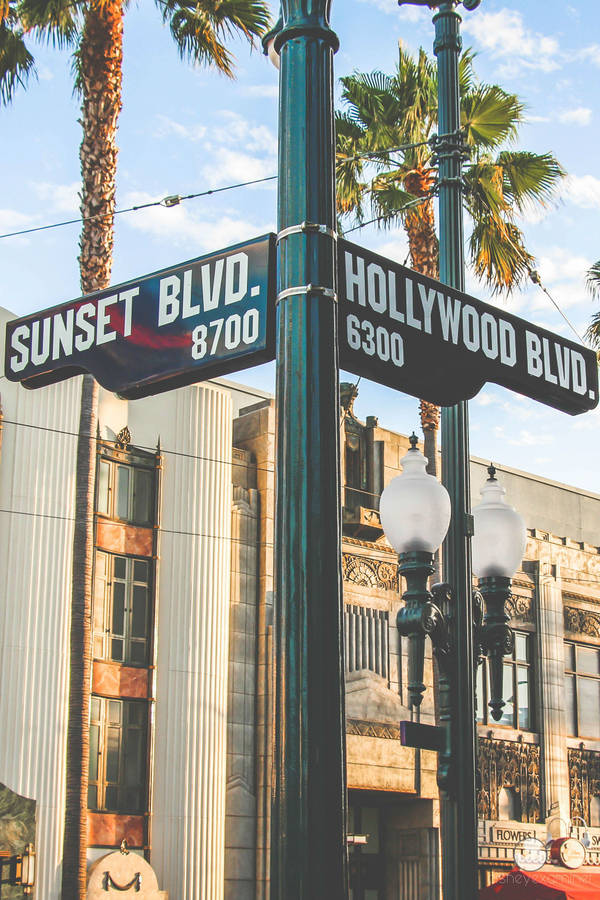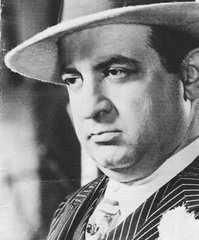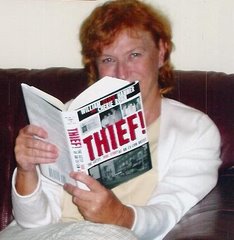Organised Crime Reportage
2/9/2010
An Introduction to Crime in Las Vegas: Mobs in Sin City

This Introduction to Crime in Las Vegas was originally posted athttp://www.casinoonline.co.uk/.
Las Vegas
While every city faces its own battle against crime, over the past eighty years Las Vegas has seen its fair share of mobsters, crime syndicates and small-time crooks. Ever since gambling was legalised in Las Vegas back in 1931, citizens have shared their cafes, parks and casinos with members of organised crime families based in cities such as Chicago and New York. In the 1930’s, Reno’s casinos were run by two associates of Al “Scarface” Capone; Bill Graham and Jim McKay, but it wasn’t until the arrival of Benjamin “Bugsy” Siegel in the 1940’s that Las Vegas gained its “Sin City” reputation.
Since then, mobsters have come and gone and Las Vegas hasn’t been able to shake off its links with organised crime. In our series of articles on crime in Las Vegas, we’ve spoken to key experts within the true crime field. Beginning with the Outfit era in the gambling capital, we spoke to Dennis N Griffin about his biography of Frank Cullotta and what it was like meeting the man behind some of Las Vegas’ most violent years, and Steve Miller about present-day corruption in Sin City, including his views on convicted racketeer Rick Rizzolo. To read either of these interviews, simply click on the following;Dennis N. Griffin Interview: Meeting Las Vegas' Most Dangerous Minds or Steve Miller Interview: Crime and Corruption in Present day Las Vegas. Otherwise, read on for an overview of mob life in Las Vegas.

Bugsy Siegel
Bugsy Siegel’s career in Las Vegas began in 1946 when he partnered with William Wilkerson, a Hollywood based entrepreneur who suffered from a gambling addiction. Soon, Siegel realised he wanted more control over the project he’d planned with Wilkerson and after delays and a ballooning budget, The Flamingo casino was finally opened in Las Vegas. However, while many have suggested Siegel ran the casino “straight”, by offering fair odds for players, the casino ended up in the red and Siegel’s mob bosses grew tired of his promises. In June, 1947, Siegel was shot dead in his own home by a hit man. The case remains unsolved, but many quite rightly believed the mob were involved in Siegel’s death. Siegel’s short-lived reign in Las Vegas set the blueprint for other career criminals, ranging from Frank “Lefty” Rosenthal who ran the Stardust Resort and Casino and survived a car-bombing in 1982, to a new-wave of what Steve Miller calls the “Asian mob’s” involvement in “human trafficking and massage parlour brothels”.
The insatiable need to discover more about criminals such as Siegel and Rosenthal has led critics to suggest Las Vegas has “glamorised” violence. In 2011, Las Vegas’ very own mob museum will launch, which will play host to a range of exhibitions that “accurately depict organized crime and law enforcement as each confronted the other”. Backed by Mayor Oscar Goodman, a former mob lawyer who has represented the likes of Tony “The Ant” Spilotro and Frank Cullotta, the museum has been described as little more than exhibition-space for Goodman’s former clients. Whatever the future holds for Las Vegas, one thing remains certain: The city will always be tainted with the blood, sweat and tears of mobsters and their victims. Whether this is celebrated or condemned though remains a choice which only Vegas’ citizens can make.
To find out more about Las Vegas’ turbulent relationship with organised crime, make sure to read our interviews with Dennis N. Griffin and Steve Miller.



No comments:
Post a Comment